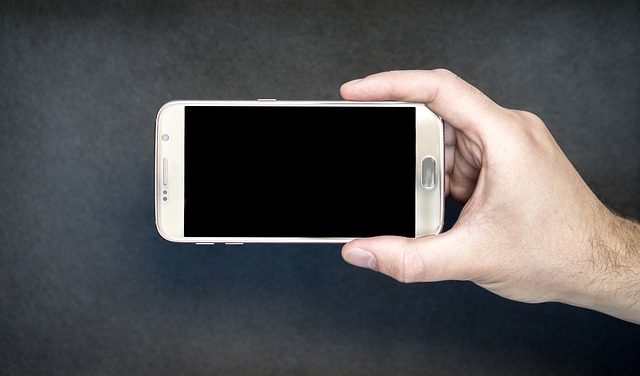New research investigates the possibility of monitoring blood pressure with smartphone cameras.
Nearly 50 percent of American adults have high blood pressure, and a large proportion of those do not know they have it.
High blood pressure, also called hypertension, can be caused by a variety of factors including stress, heavy alcohol consumption, a high-fat diet, and conditions such as kidney disease and diabetes.
Chronic high blood pressure, if left untreated, can put stress on the heart and blood vessels, leading to cardiovascular disease.
Many people do not know they have high blood pressure because they do not get it checked often enough. Blood pressure is determined by a cuff, and although it is very accurate, it can be uncomfortable to measure it this way.
Most people also only measure their blood pressure once, and not multiple times as is recommended by the American Heart Association.
It is also inconvenient to travel to a clinic or pharmacy to perform the test, and it is even more inconvenient for those with poor health insurance or limited access to transportation.
Researchers at the University of Toronto assessed the use of transdermal optical imaging, a technology that measures visual blood flow changes in the face, as a method of measuring blood pressure.
The Canadian study was published in Circulation: Cardiovascular Imaging, a journal by the American Heart Association.
To explore the effectiveness of this test, the researchers took two-minute videos of 1,328 Canadian and Chinese adults with normal blood pressure using an iPhone with the transdermal optical imaging software Measurements of systolic blood pressure, diastolic blood pressure, and pulse pressure were compared with measurements obtained using a traditional cuff-based blood pressure test.
The transdermal imaging technology was 95 percent accurate in predicting systolic blood pressure and 96 percent accurate in predicting diastolic blood pressure.
This is within international standards and is more accessible than traditional blood pressure tests.
However, the videos were taken under fixed lighting in a well-controlled environment, so further research is needed to determine whether the same results could be achieved at home under varied lighting conditions.
Additionally, the study did not include participants with varying skin tones, which may also affect the results.
This study introduces a promising smartphone-based blood pressure monitor that, with further development and testing could serve as a more accessible alternative to traditional cuff blood pressure testing.
More research is needed to determine whether this could work for individuals with clinically high or low blood pressure, different skin tones, and different lighting.
For now, it is important to get your blood pressure checked using traditional methods regularly if possible, and to lead a healthy lifestyle to prevent high blood pressure.
Written by Avery Bisbee
Relevant topics that may be of interest to you:
- New blood pressure guidelines may lower mortality rates in stroke patients
- New guidelines improve the detection of high blood pressure during pregnancy
- Antidepressants may increase the risk of high blood pressure during pregnancy
- Does high blood pressure increase the risk of miscarriage?
- Can a common blood pressure drug improve ovarian cancer treatment?
- Could blood pressure treatment be harmful to older seniors?
- Is poor oral health linked to worse blood pressure control?
References:
Blood pressure monitoring may one day be easy as taking a video selfie. (2019, August 6). Retrieved August 6, 2019, from https://www.eurekalert.org/pub_releases/2019-08/aha-bpm080119.php
Felman, A., & Spriggs, B. B., MD, MPH, FACP. (2019, July 22). Hypertension: Causes, symptoms, and treatments. Retrieved August 6, 2019, from https://www.medicalnewstoday.com/articles/150109.php
Image by TeroVesalainen from Pixabay



